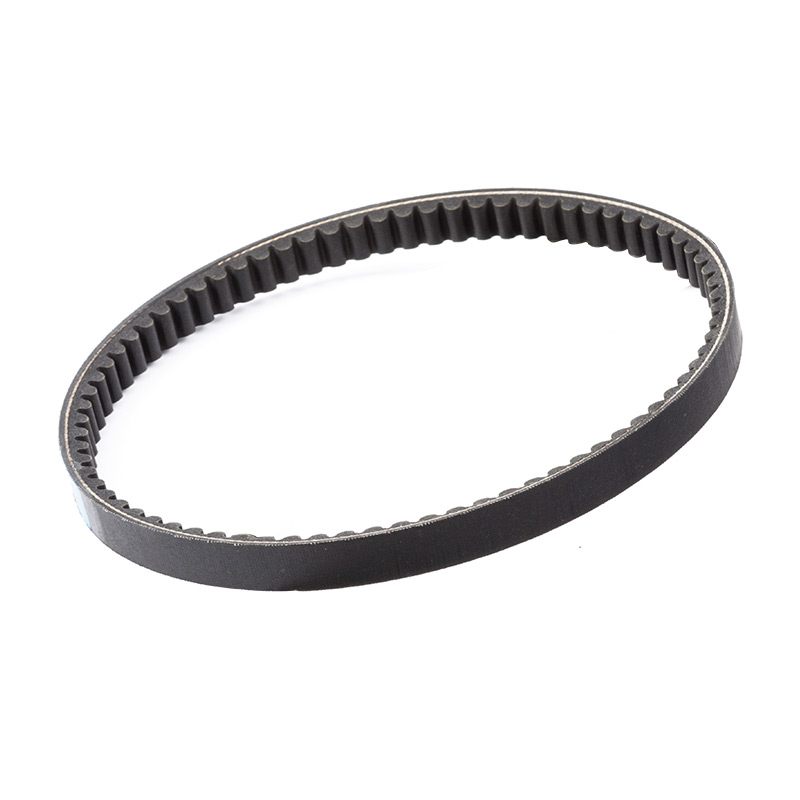Selecting power transmission belts for high-speed applications involves several critical considerations to ensure optimal performance and longevity. Here are some key factors to keep in mind:
Belt Material: For high-speed applications, selecting the right belt material is crucial. Materials like reinforced rubber, polyurethane, and aramid fibers (Kevlar) offer high strength and durability. Reinforced rubber belts are resilient and provide good traction at high speeds. Polyurethane belts offer excellent wear resistance and can handle higher speeds due to their low elongation under tension. Aramid fiber belts are known for their exceptional strength-to-weight ratio, making them suitable for high-speed applications where weight reduction and durability are critical.
Dynamic Balancing: High-speed belts must undergo dynamic balancing to minimize vibrations. Even minor imbalances at high speeds can lead to significant vibrations, premature wear on bearings, and reduced belt life. Dynamic balancing ensures that the belt and pulley system operates smoothly and efficiently, enhancing overall system reliability.
Precision Machining: Precision machining of pulleys and sheaves is essential for maintaining accurate alignment and reducing the risk of belt slippage at high speeds. Poorly machined components can cause misalignment, leading to increased friction, heat generation, and accelerated wear on the belt and pulleys. High-speed applications require precise concentricity and surface finish to ensure optimal performance and longevity of the belt.
Heat Dissipation: At high speeds, belts can generate significant heat due to friction. Belts with low friction coefficients or specialized coatings help dissipate heat effectively, preventing overheating and extending belt life. Designing systems with adequate ventilation or cooling mechanisms can further enhance heat dissipation, ensuring continuous operation under demanding conditions.
Tensioning: Proper tensioning is critical for high-speed belt applications to prevent slip and ensure efficient power transmission. Tensioning should be within the manufacturer's recommended range, considering factors like belt stretch and thermal expansion during operation. Regular tension checks and adjustments are necessary to maintain optimal belt performance and minimize wear on pulleys and bearings.
Static Conductivity: In environments where static electricity buildup is a concern, belts with static dissipative properties may be required. Static electricity can damage electronic components or cause safety hazards. Static dissipative belts minimize static buildup and discharge, ensuring safe operation and protecting sensitive equipment in high-speed applications.
Environmental Factors: Consider the operating environment's impact on belt performance. Temperature extremes, humidity levels, and exposure to chemicals or contaminants can affect belt materials and performance. Choose belts with suitable resistance to environmental factors to maintain reliability and longevity under challenging conditions.
Noise and Vibration: High-speed belts can generate noise and vibrations that affect operator comfort and equipment reliability. Select belts designed to minimize noise and vibration levels through features like advanced materials, optimized profiles, and precision manufacturing. Proper installation and alignment also play crucial roles in reducing noise and vibration, enhancing overall system efficiency and durability.
